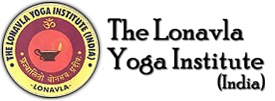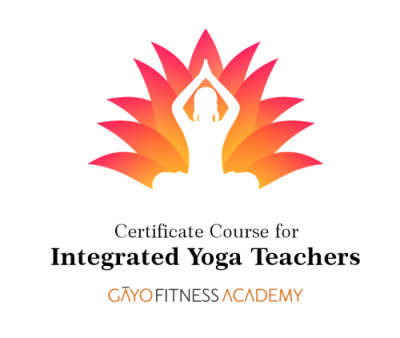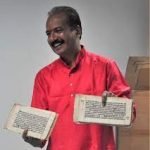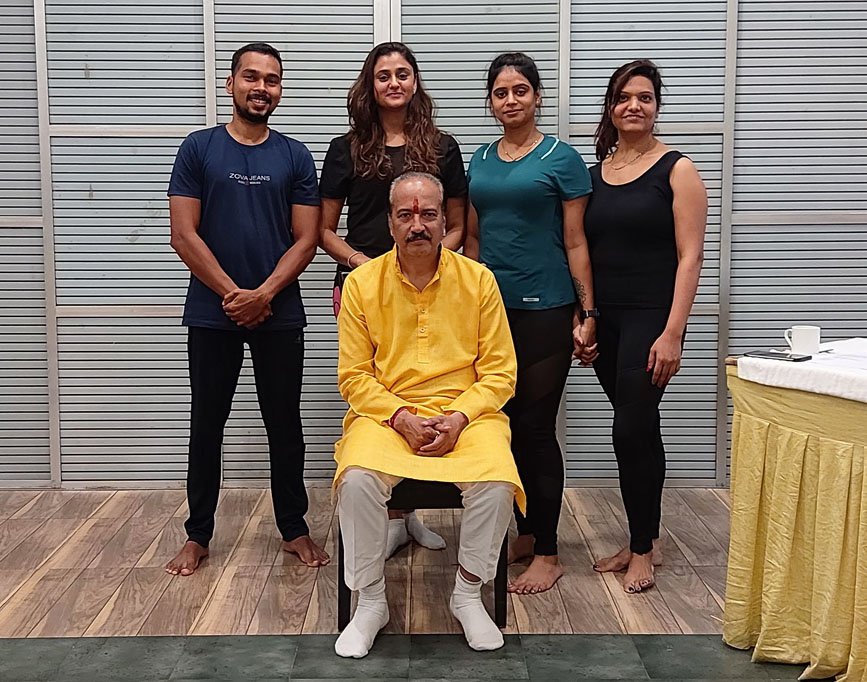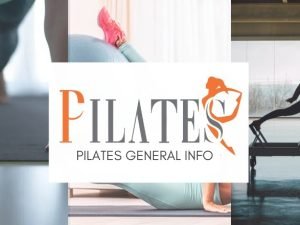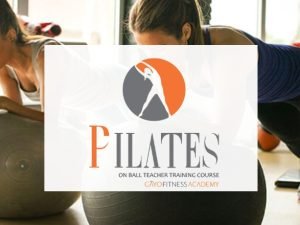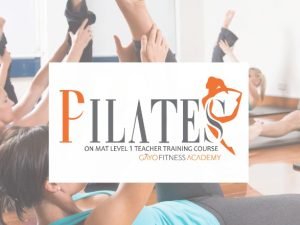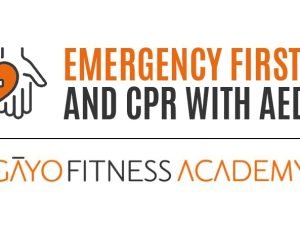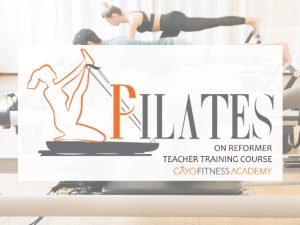MODULE 1
Theory Syllabus
1) Definition and real understanding of Yoga?
2) General and Specific principles of Yoga practices such as Asana, pranayama Bandha, Mudra, Dhyana.
3) Guidelines of Yogic practices.
4) Effect of Yogic practices on different system of body.
5) Introduction to Yogic physiology
6) Principles of physiology and kinesiology as applicable to Yoga
PRACTICAL TRAINING SYLLABUS:
ASANAS
1. Swastikasana
2. Arddha padmasana
3. Vajrasana
4. Brahma Mudra
5. Simha Mudra
6. Jihva Bandha
7. Parvatasana
8. Ardha Halasana
9. Naukasana
10. Viparita karani
11. Sarvangasana
12. Halasana
13. Bhujangasana
14. Ardha
15. Shalabhasana
16. Dhanurasana
17. Vakrasana
18. Paschimatana
19. Suptavajrasana
20. Utkatasana
21. Yoga Mudra
22. Chakrasana
23. Vrikshasana
24. Makarasana
25. Shavasana
KRIYAS
1. Kapalabhati
PRANAYAMA
1.Anuloma-Viloma
2.Ujjayi
MEDITATION
1.Breath
2.Mantra
Introduction to the Syllabus
Yoga is an ancient discipline. It has passed through several stages and, in course of time, different school
emerged and variety of techniques were evolved. Different schools of Yoga emphasized different, specific
practices but the aim remained the same for all the schools, namely, to control the processes of the human mind.
Some schools use techniques that deal with the mind directly and some use indirect means through body to
tackle the mental processes. For a common man the approach to the mind through the body is easier and within
his limitations. Therefore, such practices which emphasis the use of the body are much favoured.
The practices enjoined in Yogic literature and handed down in different traditions are called the Yogic practices.
These may be classified in the following groups.
(i) Asanas, (ii) Pranayamas, (iii), Bandhas and Mudras, (iv) Kriyas, and (v) Meditation.
Each one of these groups consists of several practices. Apart from these groups of practices there are yamas and
Niyamas which are in the form of self-groups restrictions and codes of conduct to form an adequate substratum
for Yogic practices and are considered an essential part of Yogic routine followed on whatever small scale.
Let us get acquainted with the various of Yogic practices.
ASANAS
These are certain special patterns of that stabilize the mind and body. They aim at establishing proper rhythm in
the neuromuscular tonic impulses and improving general tone of the muscles.
Asanas are not simply physical exercises. Although they are done with body they bring tranquilizing effect on
the mind. Therefore, they are psychophysical practices.
They may be classified into three divisions
1. Meditative Asanas: These are sitting postures which maintain the body in a steady and comfortable
condition. Through the various arrangements and positions of the lower and upper extremities different
Meditative Asanas are formed.
2. Cultural Asanas: These are static stretching procedures which bring about proper tone in the
musculature of the body. They are meant for giving flexibility to the spine and rendering back and
spinal muscles stronger on one hand and stimulate proper working of the vital organs situated in the
thoraco-abdominal cavity on the other. There are innumerable varieties of cultural Asanas performed in
varuous positions of the body like sitting, lying, standing etc.
3. Relaxative Asanas: These are performed in lying position and are meant for giving rest to the body.
These relaxative Asanas are very few. The two widely practiced are Shavasana and Makarasana. These
not only relax the body but also the mind.
Asanas form the basis for further Yogic practices by contributing to physical well-being.
PRANAYAMAS
These are the practices for the control of respiratory impulses. Holding of breath judiciously is the essential
techniques of pranayama. In the initial stages of practice the breath holding phase is altogether avoided and
emphasis is put on the controlled inspiration and expiration.
Respiratory activity is very vital for the psychophysical functioning of the individual. It forms one of the main
channels of the flow of the autonomic nerve currents. By gaining control over the autonomic nervous system
pranayama influents the mental function. Pranayama is a potential technique for higher Yogic practices like
meditation.
The three phases of controlled inspiration, controlled expiration and controlled retention of breath are
technically known as Purak, Rechaka and Kumbhaka respectively.
There are many varieties Pranayama. But the two most important one have been dealt in the present syllabus.
Nevertheless, it should be remembered that after sufficient practice in controlled inspiration and expiration one
attains the ability to practice Pranayama with retention of breath.
BANDHAS and MUDRAS
These contain practices that consciously control certain semi-voluntary and involuntary muscles in the body. In
these muscles there is integration of central and autonomous nerve supply. By bringing these muscles under
volition one can influence, thereby, the activity of the autonomic nervous system which functions as a whole.
Bandhas and mudras help to tone up the internal organs, decongest them and stimulate their healthy functioning.
KRIYAS
These are purificatory processes usually classified into six divisions and, therefore, are often called Shat-kriyas.
These are Dhoti, Basti, Neti, Trataka, Nauli and Kapalbhati. Each one of these consists of many sub-sections.
The Kriyas may be classified into two ways:
1) According to mode of cleaning.
2) According to region of cleaning.
The mode of cleansing are:
(i) Air,
(ii) Water,
(iii) Friction and
(iv) Manipulating movements
The region of cleansing are:
(i) Naso-pharyngo-audio-cranial region.
(ii) Gastro-oesophageal region. Region
(iii) Ano-recto-intestinal region.
Kriyas have a have a great therapeutic value.
Meditation
Meditation involves a whole, peculiar and special process on which the individual turns his attention or
awareness to dwell on a single object, sound, concept or experience. Traditionally the aim of this practice has
been “enlightenment”.
Meditation has been long used universally as a necessary practice. It is possible to think of a non-cultic
technique of meditation to be used by any individual. Meditation is continuum of the process of absorption with
different degrees. There is no doubt that meditation is a great tranquiliser. However, it is not always safer to at
once enter into the practice of Meditation.
A preliminary background should be prepared by the practice of Asanas and Pranayama. Even good results of
Meditation are obtained through the humble practice of selected routine of Asanas and Pranayama.
In the hierarchy of Yogic practices Meditation occupies a higher position than other practices. However, it
should be remembered that all Yogic practices are complimentary to each other and each practice contributes to
similar effects on a greater or lesser scale.
PRINCIPLES OF YOGIC PRACTICES
Yogic practices have some general and specific principles which should be understood by the practioner.
General Principles
1. All Yogic practices are psycho-physiological in nature, and all these individually or collectively help to attain the objectives of Yoga.
2. Yogic practices have complimentary relationship, and one practices and helpful for performance of another.
3. Yogic practices give better results if performed in a particular sequence.
4. Performance of yogic practices should not lead to fatigue.
5. All practices should be done in calm and quite mood.
Specific principles
Asanas
1. Asana is a particular posture of the body to be maintained. It is not a dynamic activity of repetitive type.
2. In Asana stretch is more important that the repeated contraction and relaxation.
3. No jerky actions are involved in the Asanas.
4. Due regard is given to one’s limitations of age, sex and bodily conditions during the performance of Asanas.
5. Stability in the performance of Asanas is critical.
6. One is expected to maintain the Asana within comfortable limits and try to relax more and more.
7. Energy expenditure in Asana is minimum.
8. The Asana to be performed should be based on the “Principle of Progression”. The simple Asanas should be practiced before the difficult are tried.
9. The main purpose of Asanas is to bring about flexibility and suppleness of body and contribute to the steadiness of body and mind through the medium of optimum muscle tone.
10. It is the process and pattern of Asana that is more important than the final posture of the Asana.
Pranayama
1. Practice of Pranayama presupposes stability of body obtained through the practice of Asanas.
2. Every round of Pranayama consists of three respiratory phases, namely, inhalation, retention and exhalation. But retention phase alone signifies Pranayama, inhalation and exhalation being complimentary and supplementary phases.
3. There is a particular time ratio between these phases which varies from 1:1:2 to 1:4:2 according to the capacity of an individual.
4. Due emphasis is given on the slow and prolonged expiration in Pranayama.
5. Due control is exercised on the movement of the abdomen during Pranayama. Inhalations are accompanied by controlled abdomen while the abdomenis gradually pressed during exhalation.
6. Retention phase called Kumbhaka is always accompanied by the performance of Jalandhara Bandha.
7. There is an air way resistance offered during inspiration and expiration phases of Prananayma.
8. Pranayama should be accompanied by the mental attention to the breath.
9. Practice of Pranayama is facilitated by the performance of purificatory processes.
10. Exhalation in Pranayama is always done through the nose. Mouth is kept closed.
11. In sequence Pranayama is practiced after Kriya and Asanas but before meditation.
Bandhas and Mudras
1. These are more advanced practices than Asanas which work on central and autonomic nervous systems and endocrinal system.
2. These are performed after some practice in Asanas.
3. These are also practiced along with Pranayama.
4. One should not indulge in intensive practice of Bandhas and Mudras.
5. There is a wide variation in the intensity of the Bandhas and Mudras.
Kriyas
1. These clean internal morbidities of the body and establish a balance in the working of the vital organs.
2. These are practiced separately when one suffers from excess of mucus or bile or as an adjunct to the practice of Pranayama.
3. These bring in control over the involuntary or semivoluntary reflexes and stimulate the function at neuro-endocrinal level.
Meditation
1. The basic principle of meditation is to develop internal awareness.
2. Meditation does not involve a control of thought process but it leads to the control of thought processes. There is less of an intellectual effort.
3. There are innumerable means of developing the internal awareness.
4. No meditation is possible without proper psycho-physical background.
5. Condition of the body influences the quality of mediation.
6. Erect sitting with head, neck and trunk in a vertical line is most conducive to meditation.
7. Regulated breathing is a great help in the practice of meditation.
8. Fixed time for meditation yields good results.
9. The aim of meditation is to purity the mind. Purity of mind and meditation go together and one supports the other.
Bandhas and Mudras
1. These are more advanced practices than Asanas which work on central and autonomic nervous systems and endocrinal system.
2. These are performed after some practice in Asanas.
3. These are also practiced along with Pranayama.
4. One should not indulge in intensive practice of Bandhas and Mudras.
5. There is a wide variation in the intensity of the Bandhas and Mudras.
Kriyas
1. These clean internal morbidities of the body and establish a balance in the working of the vital organs.
2. These are practiced separately when one suffers from excess of mucus or bile or as an adjunct to the practice of Pranayama.
3. These bring in control over the involuntary or semivoluntary reflexes and stimulate the function at neuro-endocrinal level.
Meditation
1. The basic principle of meditation is to develop internal awareness.
2. Meditation does not involve a control of thought process but it leads to the control of thought processes. There is less of an intellectual effort.
3. There are innumerable means of developing the internal awareness.
4. No meditation is possible without proper psycho-physical background.
5. Condition of the body influences the quality of mediation.
6. Erect sitting with head, neck and trunk in a vertical line is most conducive to meditation.
7. Regulated breathing is a great help in the practice of meditation.
8. Fixed time for meditation yields good results.
9. The aim of meditation is to purity the mind. Purity of mind and meditation go together and one supports the other.
